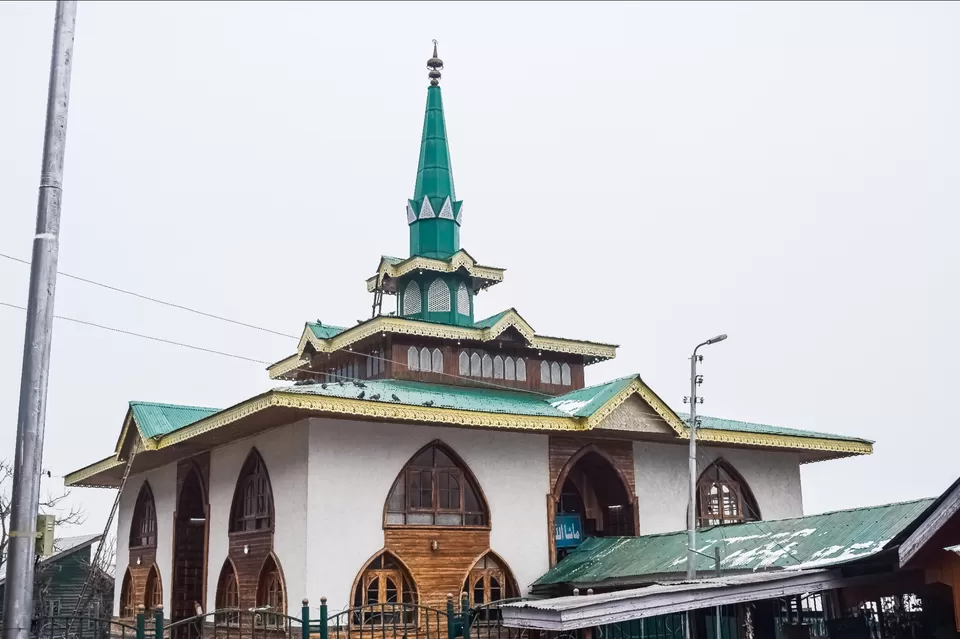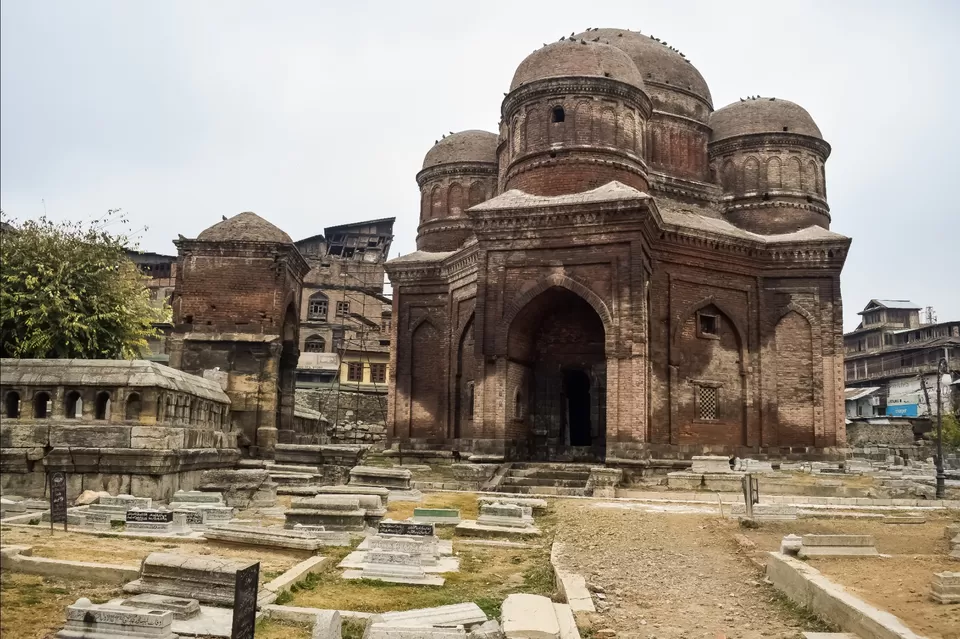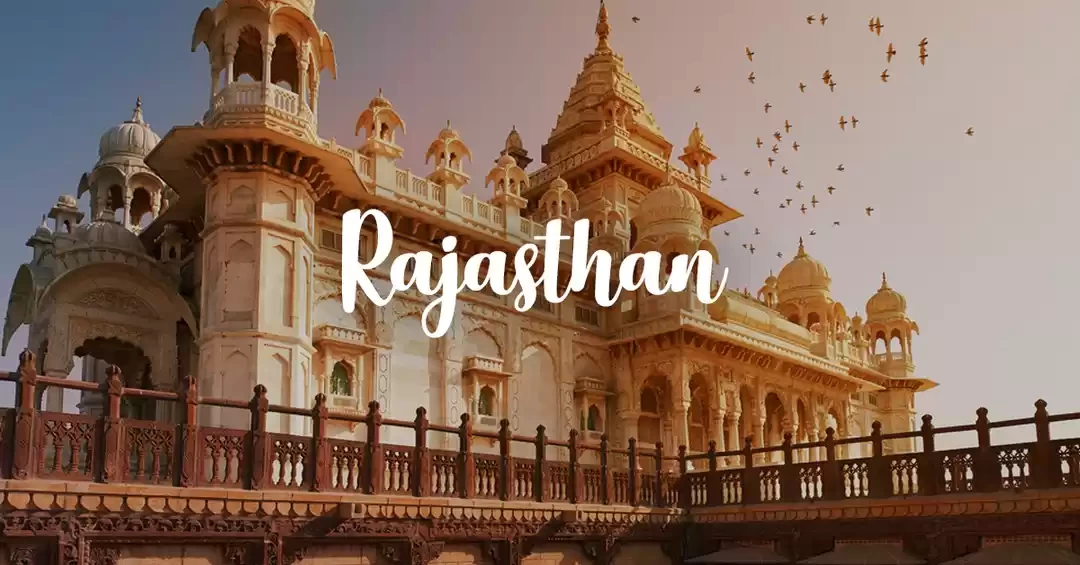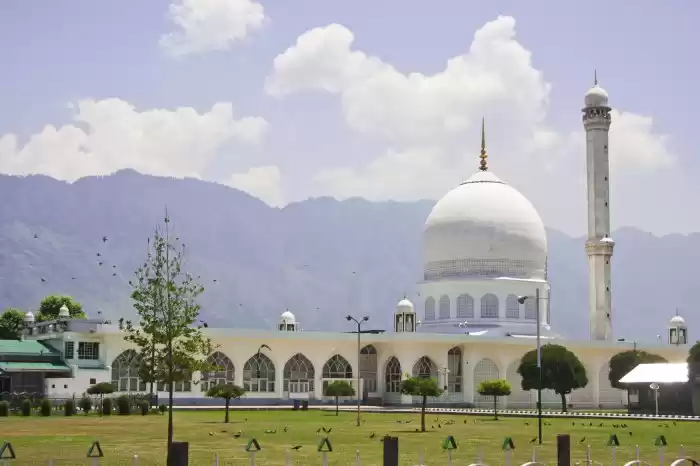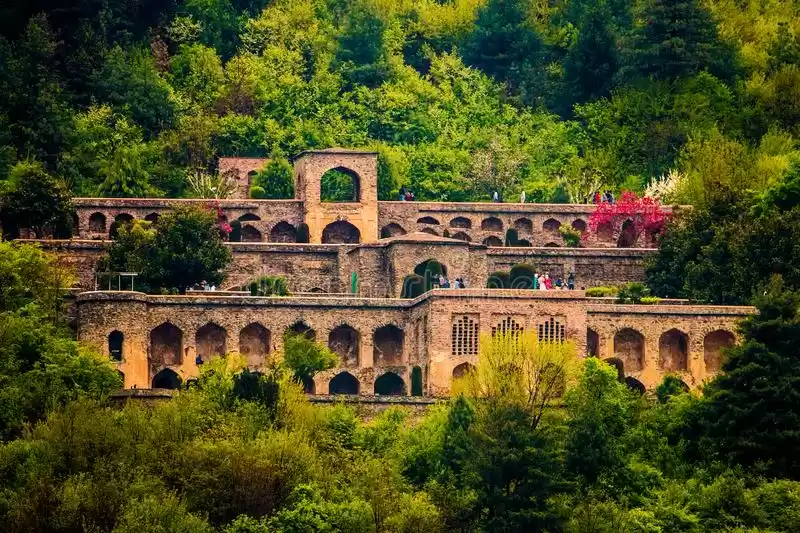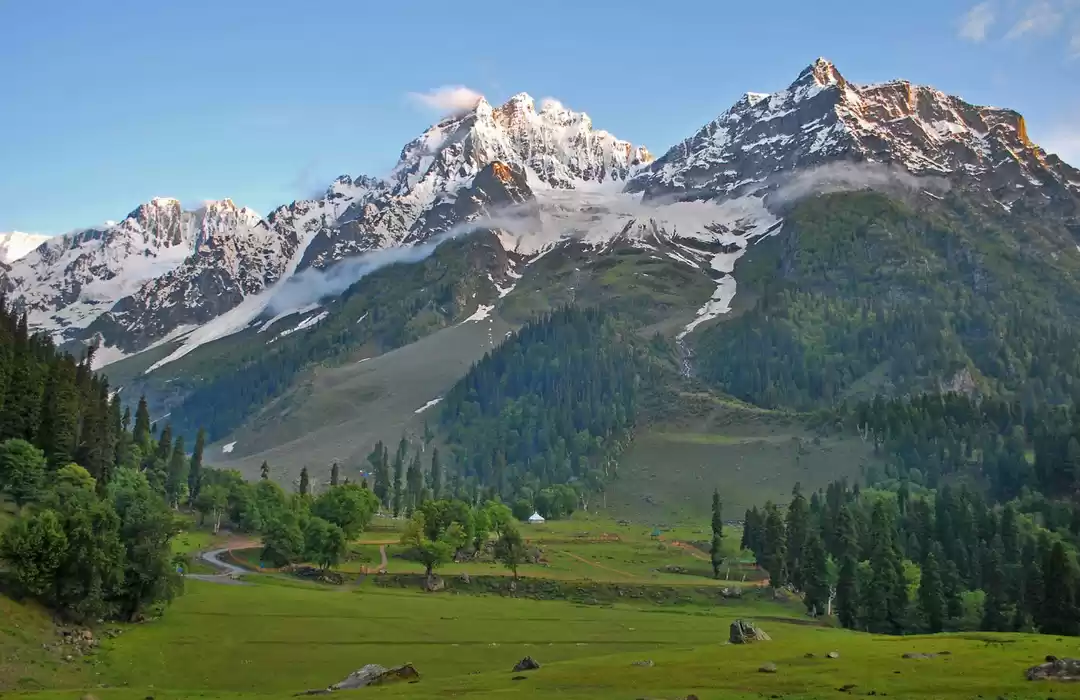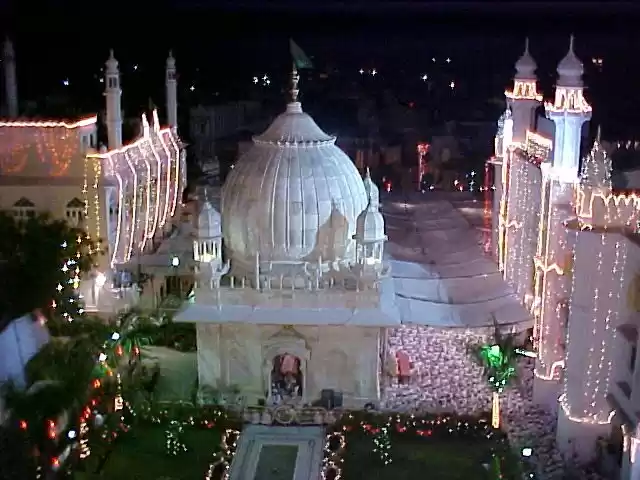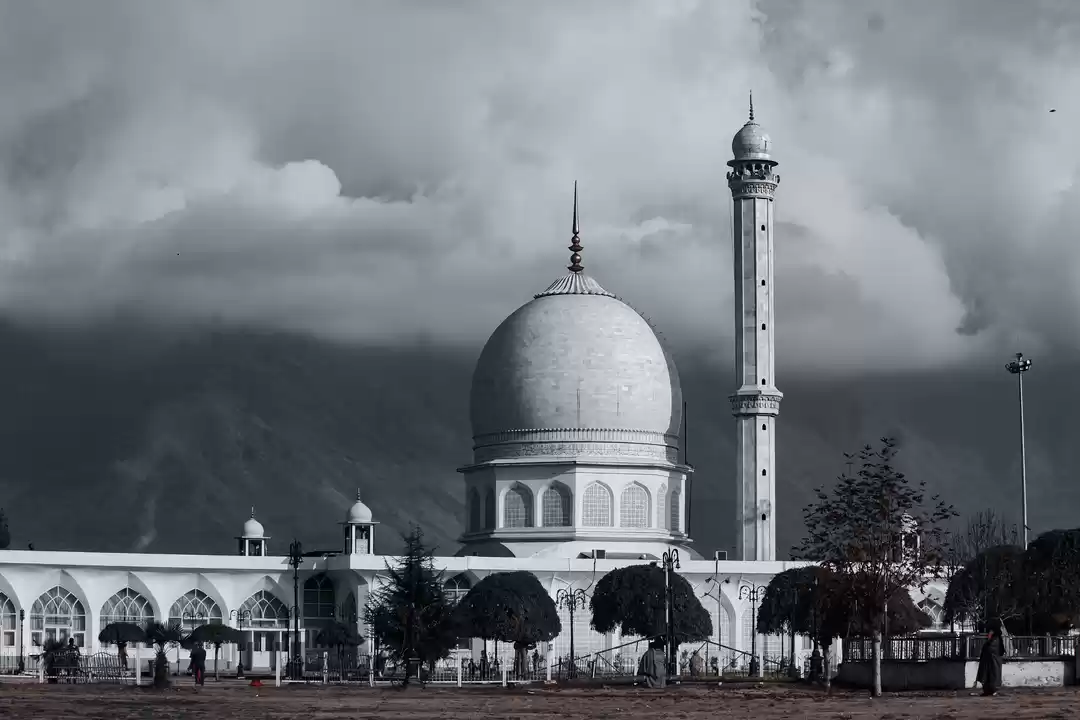Today i go at famous tourist place or famous historic place or called famous shrine of Jammu and kashmir which we called as dargah hazratbal. (The Hazratbal Shrine, considered to be the holiest Muslim shrine in Kashmir, is located on the left bank of the Dal. The mosque was established by Inayat Begum who was the custodian of the holy relic – the Moi-e-Muqqadas, which is believed to be a hair of the Prophet Mohammed. The relic was brought to in the year 1700. The original building of the shrine was constructed in the 17th century by Emperor Shah Jahan’s subedar Sadiq Khan. The palatial building was known as Ishrat Jahan (or the pleasure house). In 1634, the emperor ordered the building to be converted into a prayer hall. The building has distinct Persian influence and is the only domed mosque in Kashmir, while the rest have a pagoda-style roof. The construction of the marble structure present here today was started in 1968 and completed in 1979. From the grand shrine, you get a beautiful view of the Dal Lake and ranges beyond. At the Dargah, you can photograph thousands of pigeons and if you’re lucky you might photograph flight of thousands of pigeons against the backdrop of Dargah. Visitors should know that the shrine allows only men in the inner prayer hall. Women are allowed up to the outer hall only. The Hazratbal Dargah is featured in Bollywood movies like Fanaa and Haider and finds mention in the plot of the movie Mission Kashmir.)
.
2nd i visited the one of famous historic place or famous shrine of Jammu and kashmir which we called as khankahaa mawlaaa or Hazrat Amir-e-Kabir Shah-e-Hamdan( Many saints came to the valley of Kashmir to preach and to propagate Islam, to name a few were: Bulbul Shah, Syed Jalal Uddin Bukhari, Syed Taj Uddin, Syed Hussain Samnani, and Yousuf. But the one who lit the torch of monotheism, in reality was Hazrat Amir-e-Kabir Sahah-e-Hamdan.
Parentage
His name was Ali, and titles were Amir-e-Kabir, Ali Sa'ani, and Mir. Besides them, the Chroniclers had mentioned several other titles: Qutub-e-Zaman, Sheikh-e-Salikan-e-Jehan, Qutub-Ul-Aktab, Moih-Ul-Ambiya-o-Ul-Mursaleen, Afzal-Ul-Muhaq-e-qeen-o-Akmal-Ul-Mudaq-e-qeen, Al-Sheiyookh-Ul-Kamil, Akmal-Ul-Muhaqqiq-Ul-Hamadani etc.
He traced his patrimony through his father, Syed Shahab Uddin, to Imam Zain-ul-Abedein and finally to Hazrat Ali. His mother, Syeda Fatimah, with seventeen links, reached the Prophet.
His date of birth is disputed. To some it is 12, Rajab-Ul-Marjab 714 Hijri (12th October 1314) and to others is 12, Rajab 713 (12th October 1313). The former date appears more probable.)
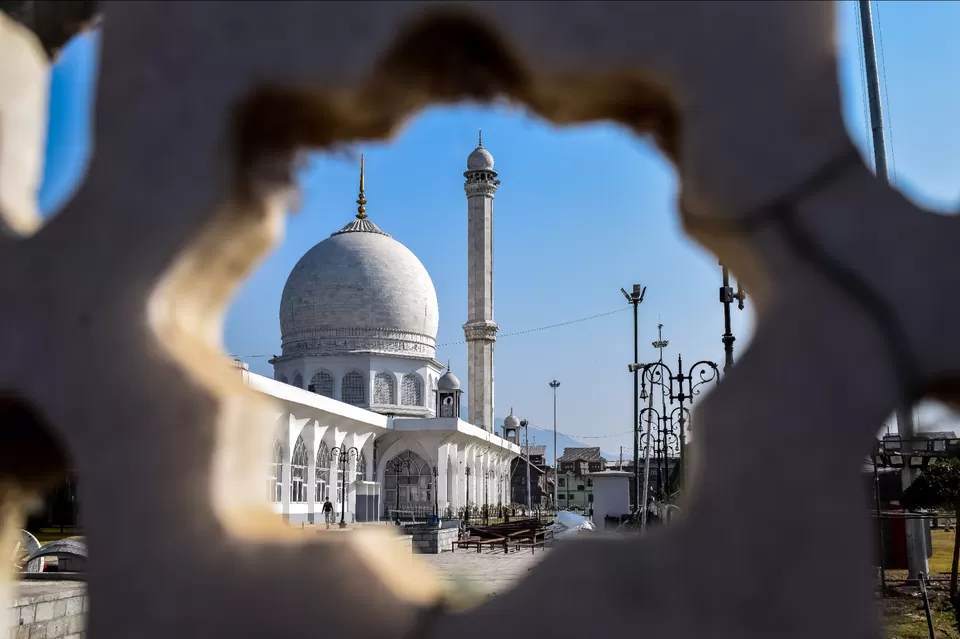
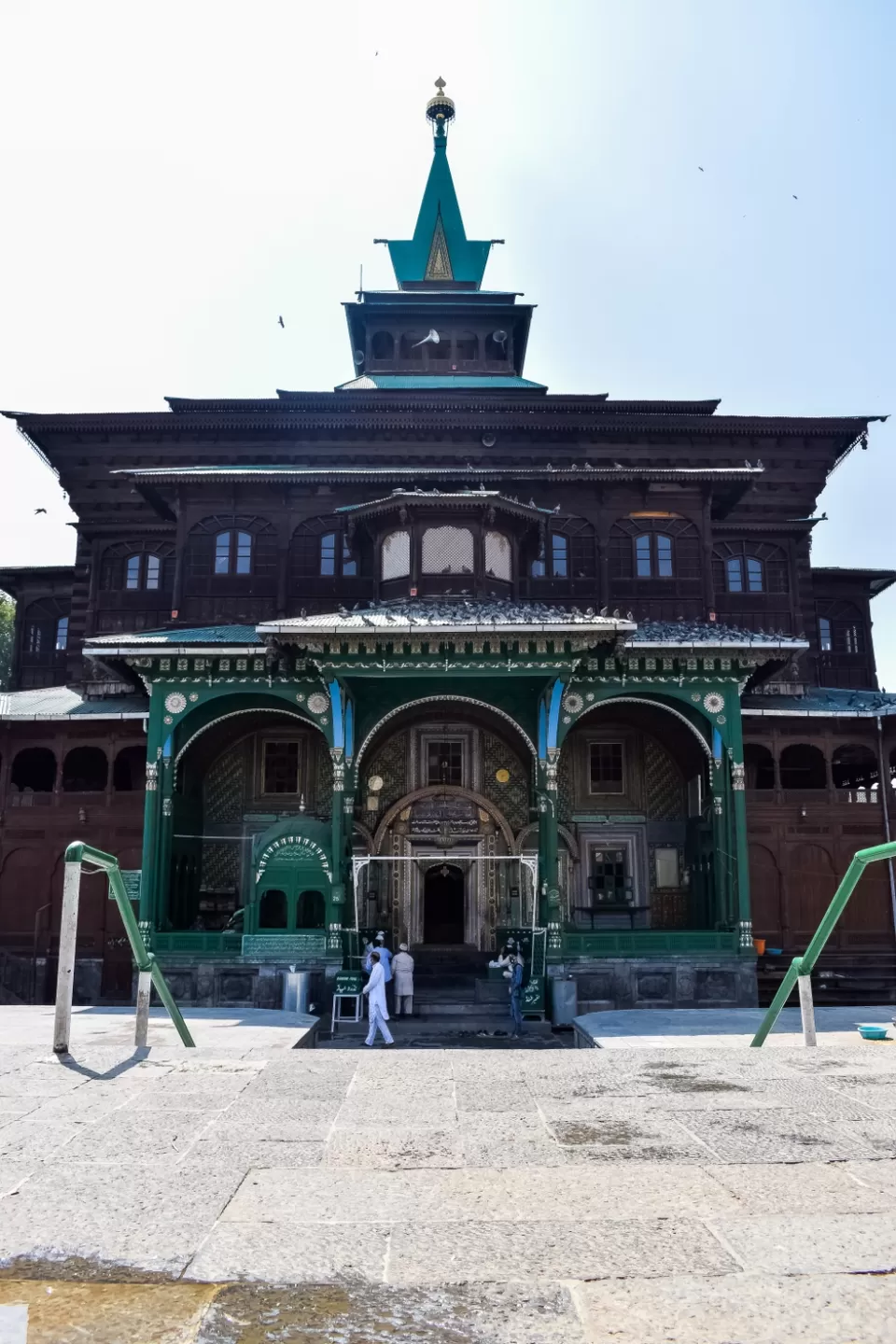
It's my 2nd day and today i visited 3rd famous historic place or one of the famous shrine of jammu and kashmir which we called as Roza Sharief Baba Payam Uddin which is located at Gulmarg road ( Roza Sharief Baba Payam Uddin
Baba Payam Uddin was a courtier of 15th century Kashmir King
, and he is said to have given up all his belongings in order to serve the common people. He lived and meditated at this location, which became the site of his tomb and a shrine for his disciples.
and inside the shrine is the Noor Khwan where the grave of the Sufi saint Lies. It is covered with cloth with embroideries)
On 2nd day i visited one of the famous tomb and a historic tomb of jammu and kashmir which we called as zain_ul_abidin located at downtown area of srinagar (Zain-ul-Abidin
A peaceful man, Zain-ul-Abidin was protective of his territory. He raised and led an army to stabilise the fractious areas of Ladakh and Baltistan which had originally been conquered by his grandfather, Shihabu'd-Din, and then had become independent on his death until Sikander reasserted control. With the arrival of Ali Shah on the throne, the territories had once again begun to assert their independence and Zain-ul-Abidin recognised that they had an economic and strategic significance which entailed that they could not be allowed to secede. Similarly, he regained control of Ohind, the chief of which had been overcome by Sikander but had then announced independence during the period of rule by Ali Shah.
He was on friendly terms with regard to the rulers of territories over which he inherited no historic control. The ancient records indicate that he gave and received presents to, and also exchanged embassies with, those who governed over Egypt, Gwalior, Mecca, Bengal, Sindh, Gujarat and elsewhere. Many of the gifts demonstrated the cultured nature of Zain-ul-Abidin; they included works about music, manuscripts and people who were scholars, the latter being sent to him when he commented that an original gift of precious stones was of less interest to him than a gift of a learned nature would have been.
During the last days of his reign, his three sons, Adam Khan, Haji Khan and Bahram Khan rebelled against him but he took energetic measures to crush them. He was succeeded by his son Haji Khan, who took the title of Haidar Khan)
